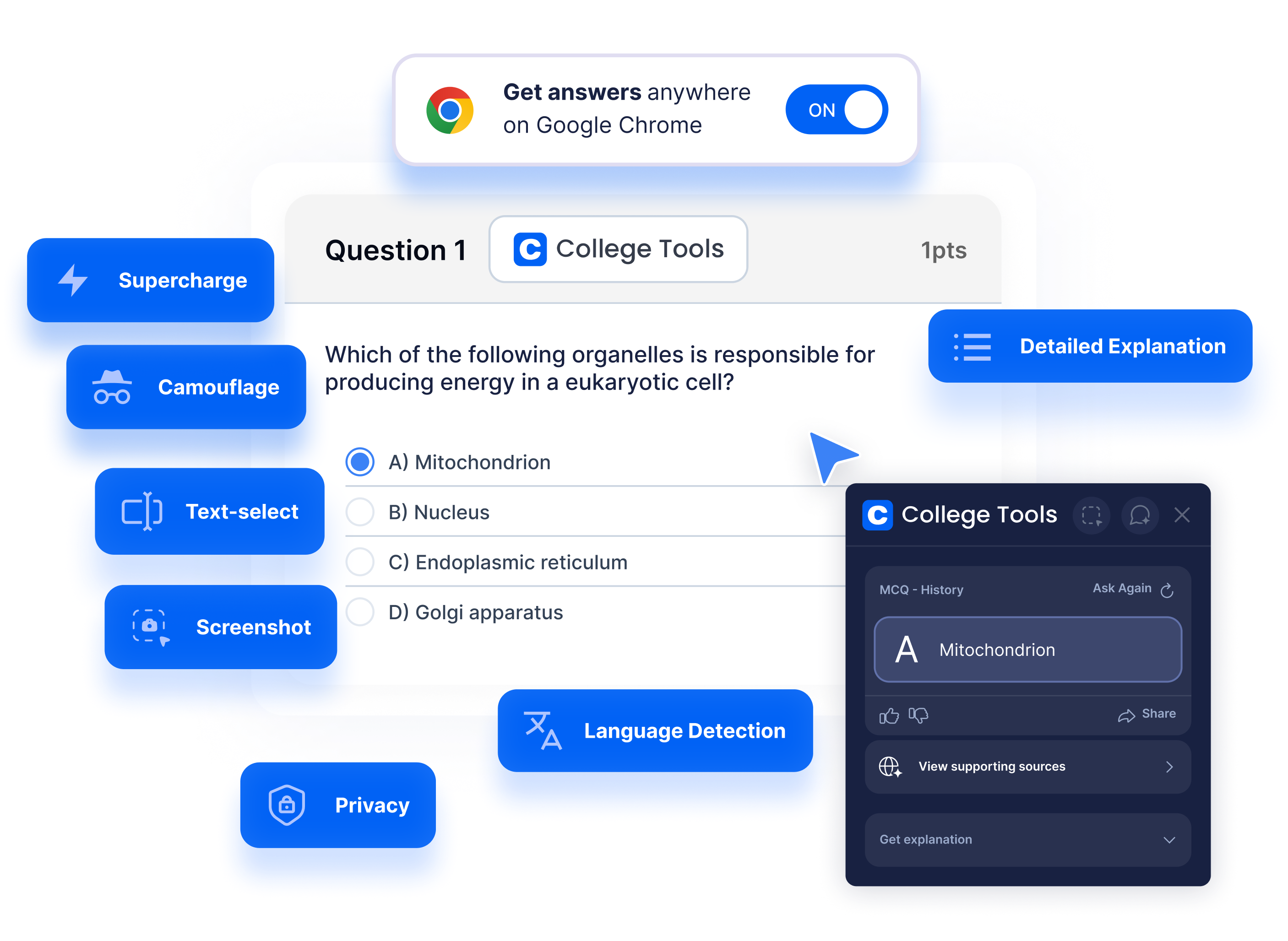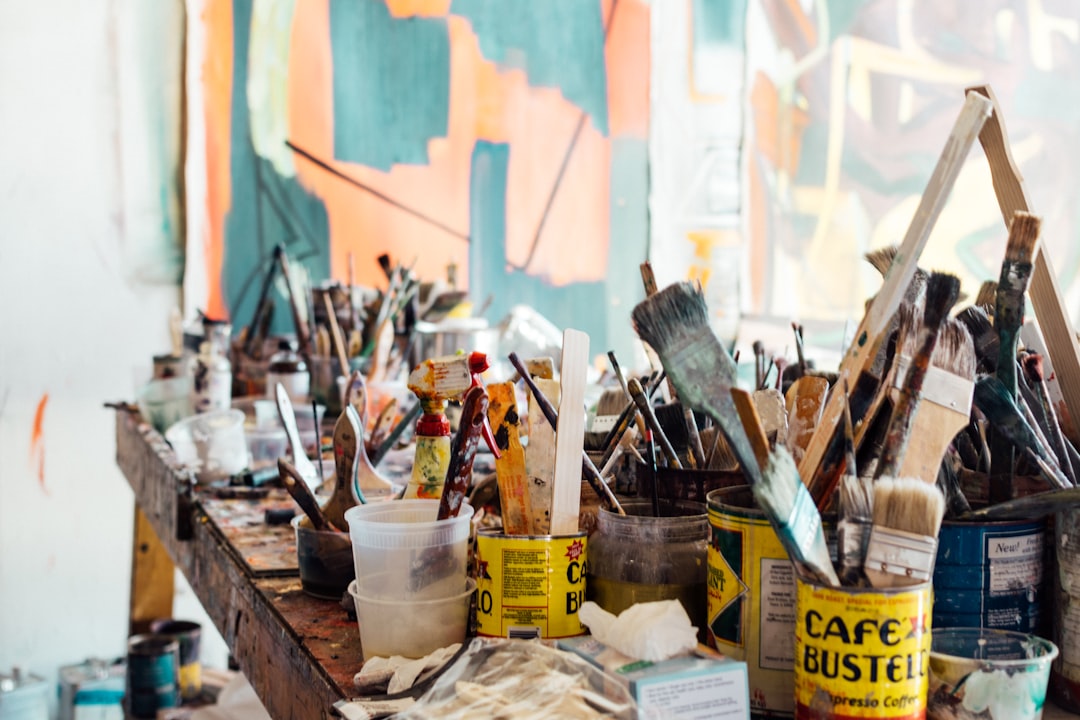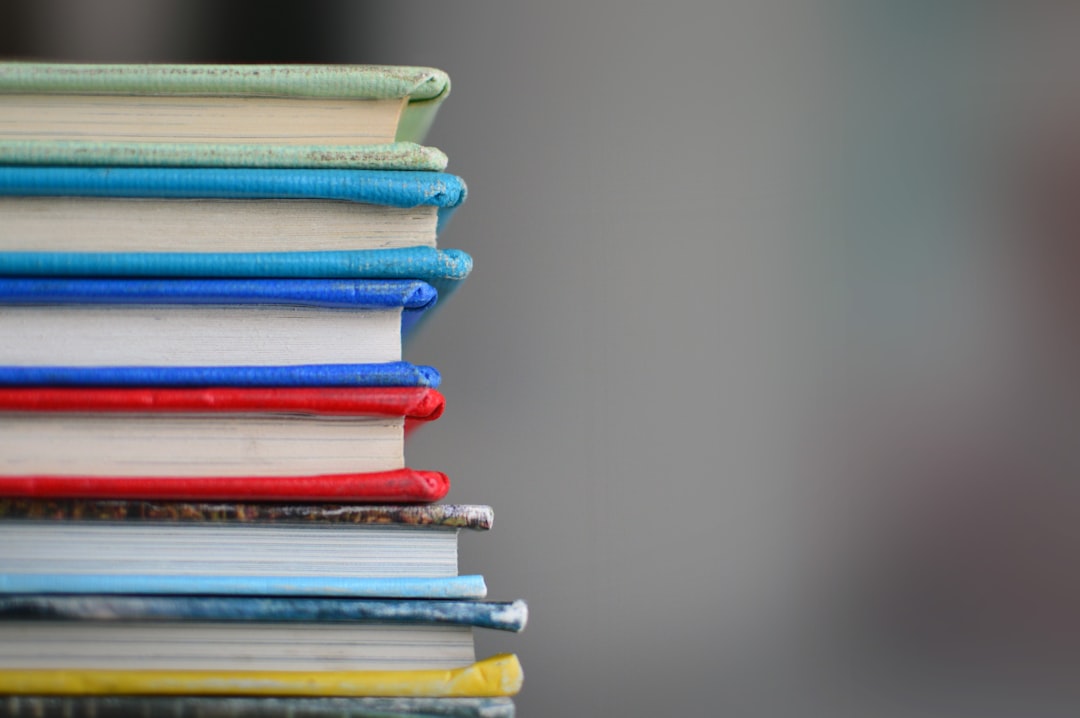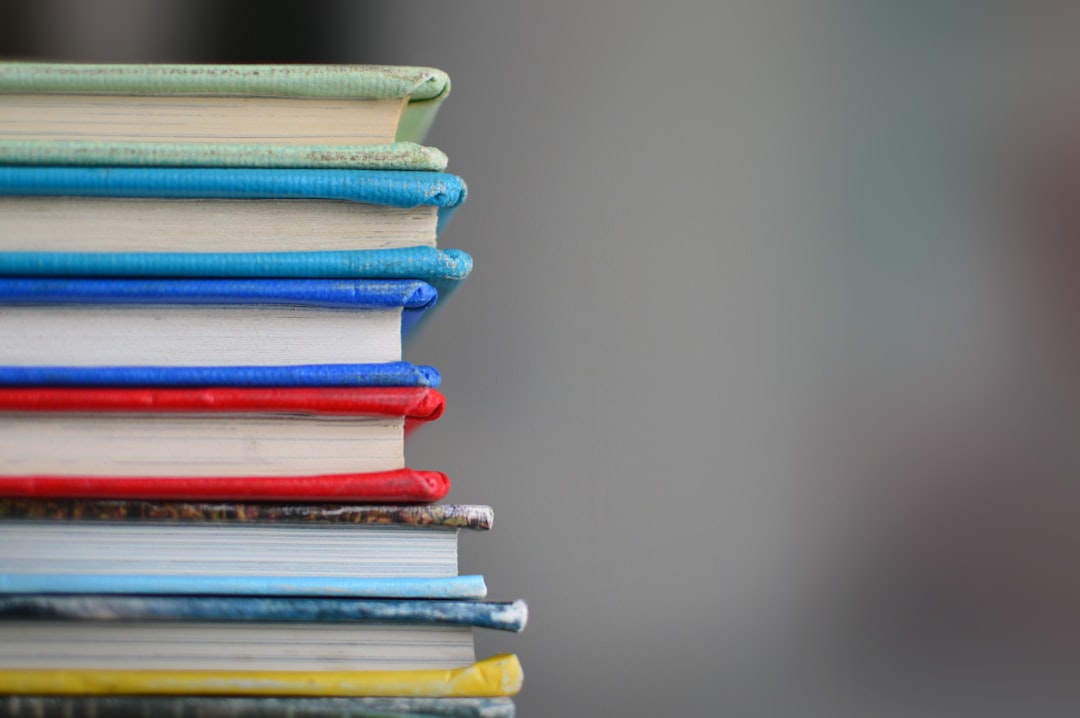Table of contents
- Understanding the Arts and Humanities Landscape
- The Challenge of Productivity in Scholarly Pursuits
- Integrating Productivity Tricks into Arts and Humanities Study
- Time-Blocking for Structured Creativity
- The Pomodoro Technique for Sustained Focus
- Active Reading for Deeper Engagement
- Embracing Digital Tools for Enhanced Learning
- The Impact of Cultivating Productive Study Habits
- The Everlasting Pursuit of Knowledge and Efficiency
In the vibrant world of arts and humanities, time and creativity are the twin currencies that fuel the march towards intellectual enlightenment and cultural appreciation. Yet, the pursuit of knowledge in these areas can be daunting, fraught with extensive reading and deep analysis that can stretch the confines of our daily schedules. It is here that productivity tricks come into play, serving as the compass to navigate the sea of scholarly endeavors with greater efficacy.
Understanding the Arts and Humanities Landscape
Arts and humanities encompass a broad spectrum of disciplines that explore human experience and expression. The arts delve into visual, performing, and literary forms, inviting an exploration of creativity and aesthetics. On the other hand, the humanities study human culture and thought, including philosophy, history, and literature, as detailed on Humanities.org. These disciplines require not just passion but also structured study habits to truly appreciate and analyze their depths.
The Challenge of Productivity in Scholarly Pursuits
While studying arts and humanities can be incredibly fulfilling, finding the balance between deep learning and efficient studying can be a challenge. Students and scholars must often navigate between extensive reading lists, critical essays, and reflection on abstract theories. The key is to employ pragmatic yet flexible productivity tricks that enable one to absorb, contemplate, and critique without becoming overwhelmed.
Integrating Productivity Tricks into Arts and Humanities Study
Implementing productivity methods tailored to the unique demands of arts and humanities can lead to a more gratifying and successful academic journey. Strategies such as time-blocking, the Pomodoro Technique, and active reading methods are just a few ways to manage the intense workload.
Time-Blocking for Structured Creativity
Time-blocking is a scheduling method where one plans out their day in blocks of time, assigning specific tasks to each block. This technique is exceptionally beneficial for fields like the arts and humanities that require long, uninterrupted periods of focus and contemplation. By sectioning off time for reading, writing, and researching, scholars can ensure they dedicate adequate attention to each task without the risk of scheduling conflicts.
The Pomodoro Technique for Sustained Focus
The Pomodoro Technique involves breaking work into 25-minute intervals, known as 'Pomodoros,' followed by short breaks. This method helps maintain a high level of concentration while also providing frequent rest periods to prevent burnout. Arts and humanities students can benefit from this by devoting 'Pomodoros' to different aspects of their studies, such as analysis of visual arts or critical examination of philosophical texts.
Active Reading for Deeper Engagement
Active reading techniques empower students to engage deeply with the material, transforming passive reading into an interactive experience. Techniques such as annotating texts, summarizing paragraphs, and formulating questions enhance comprehension and retention. These strategies can be particularly useful for navigating the complex narratives and theories often encountered in humanities literature.
Embracing Digital Tools for Enhanced Learning
In a digital age, numerous tools and applications cater to the needs of modern students and educators. Note-taking apps, digital libraries, and even AI-powered study aids can streamline the study process and offer innovative ways to tackle assignments and essays.
The Impact of Cultivating Productive Study Habits
By adopting productivity methods, students and scholars of the arts and humanities can experience a transformation not only in their study practices but also in their intellectual and creative outputs. Effective time management can lead to more profound insights, higher-quality work, and a deeper appreciation for the subjects studied.
The Everlasting Pursuit of Knowledge and Efficiency
The world of arts and humanities is an exciting journey of cultural discovery and intellectual challenge. By integrating productivity tricks into their study routines, students and scholars can navigate this path with confidence and finesse. The goal is not merely to learn but to learn well and efficiently, embracing the ever-evolving nature of human expression and thought while respecting the limited hours in a day.
Productive learning in the arts and humanities is not about diminishing the joy of learning but about enhancing it. It's about maximizing the value of each moment spent with a text, a piece of music, or a work of art. As students and scholars continue to seek knowledge and creativity, productivity will remain their steadfast companion, ensuring that their scholarly voyage is not only educational but truly enriching.









